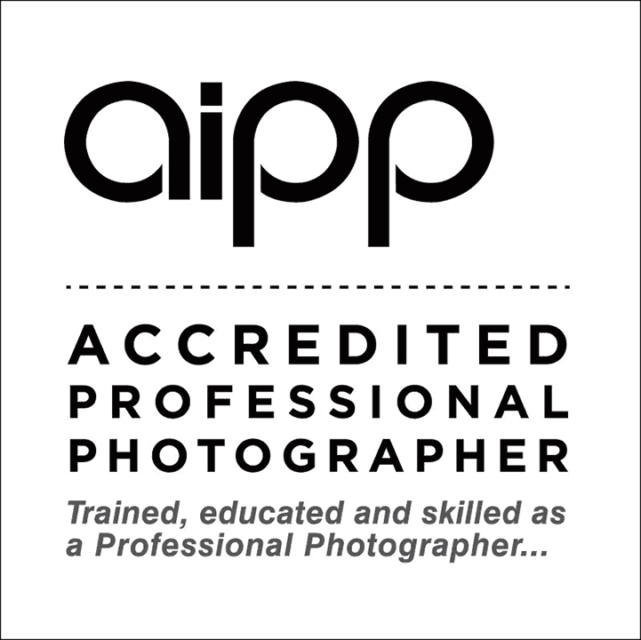
There are many aspects to finding a photographer. These may include, experience, location, availability, price and personality. Part of evaluating whether any creative is a good fit for your job involves looking at a portfolio of their work. But what if the work you’re presented with isn’t their own?
Stock Photos
Many businesses use stock photography. Whether that’s the more exclusive and expensive rights managed photography or low cost royalty free micro-stock images used everywhere.
Businesses using stock images include media outlets, travel agents, and perhaps you do too. With micro-stock it’s impossible to control who else uses the image or where it’s used. For example, there is a popular micro-stock image of a happy Scandinavian family used by several health professionals – including their direct competitors. In another example a micro-stock image of adolescents was used for very different messaging: one to promote quality education and elsewhere the same photo was advertising condoms.

People Know The Difference
Consumers are visually astute when generic stock images are used. I previously posted about Jakob Nielsens’ study of how people are more engaged with “real” images than generic micro-stock images. Visitors to a travel website don’t necessarily believe the pilot in the photo is a real pilot and probably a model. No harm done as they know when they travel they will have real pilot flying their plane not the one pictured.
Where I Draw The Line
When you view a photographer’s portfolio on their website you assume they are the authors. If not then to me it’s the same as a retailer showing an photo of one product but delivering a very different product. It’s substitution and with photography it’s passing off.

Unfortunately I’ve seen photographers not disclosing the use micro-stock images in their portfolio including wedding, corporate and event photographers. One didn’t even bother changing the image which included the stock library’s filename and metadata that included the real photographers name and contact details.
Technically these photographers are doing what any business who uses stock images does. To paraphrase Jakob Nielsen they are using “fluffy pictures… to ‘jazz up’ web pages” (no disrespect to the stock photographer). When you visit a photographer’s website you look at the quality of work there to see if they have the ability to do the work you require. Not see if they know how to license stock images.
How You Can Tell
Visually literate people can pick a stock image. Vince Vaughn’s movie Unfinished Business was promoted, tough-in-cheek, using generic stock images and pasting the lead actors faces into the images.

Look for an inconsistent style in the portfolio: different techniques, image processing, effects, etc. Of course if you’re daring enough you can ask the photographer.
Look For An Accredited Professional Photographer
Thankfully there is a way to know when it’s safe to assume a photographer’s images are their own: see if they are members of a professional association that mandates a code of conduct. The Australian Institute of Professional Photography has a Code of Professional Practice it’s members must abide by, as do sister associations the American Society of Media Photographers, the British Institute of Professional Photography and the New Zealand Institute of Professional Photography. The code of conduct will have other benefits for you as their members need to be adequately insured, experienced, educated and skilled in both photography and business.
